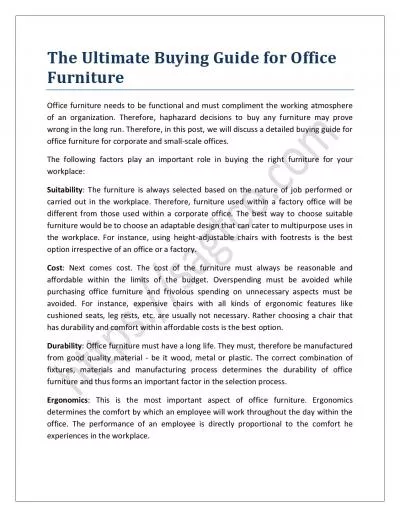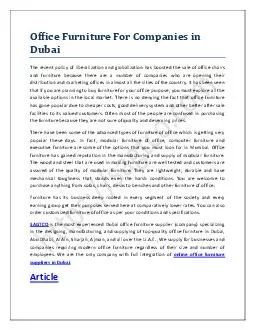PPT-1 1 Agglomeration of global office skyscrapers:
Author : pasty-toler | Published Date : 2017-11-19
Lessons learned Sofia Dermisi Roosevelt University USA 20 th Annual European Real Estate Society Conference Presentation Outline Previous research Study focus
Presentation Embed Code
Download Presentation
Download Presentation The PPT/PDF document "1 1 Agglomeration of global office skysc..." is the property of its rightful owner. Permission is granted to download and print the materials on this website for personal, non-commercial use only, and to display it on your personal computer provided you do not modify the materials and that you retain all copyright notices contained in the materials. By downloading content from our website, you accept the terms of this agreement.
1 1 Agglomeration of global office skyscrapers:: Transcript
Download Rules Of Document
"1 1 Agglomeration of global office skyscrapers:"The content belongs to its owner. You may download and print it for personal use, without modification, and keep all copyright notices. By downloading, you agree to these terms.
Related Documents














